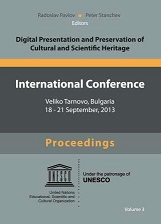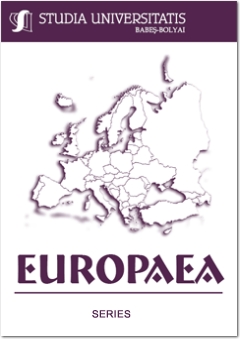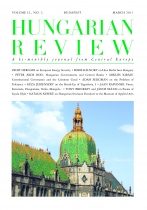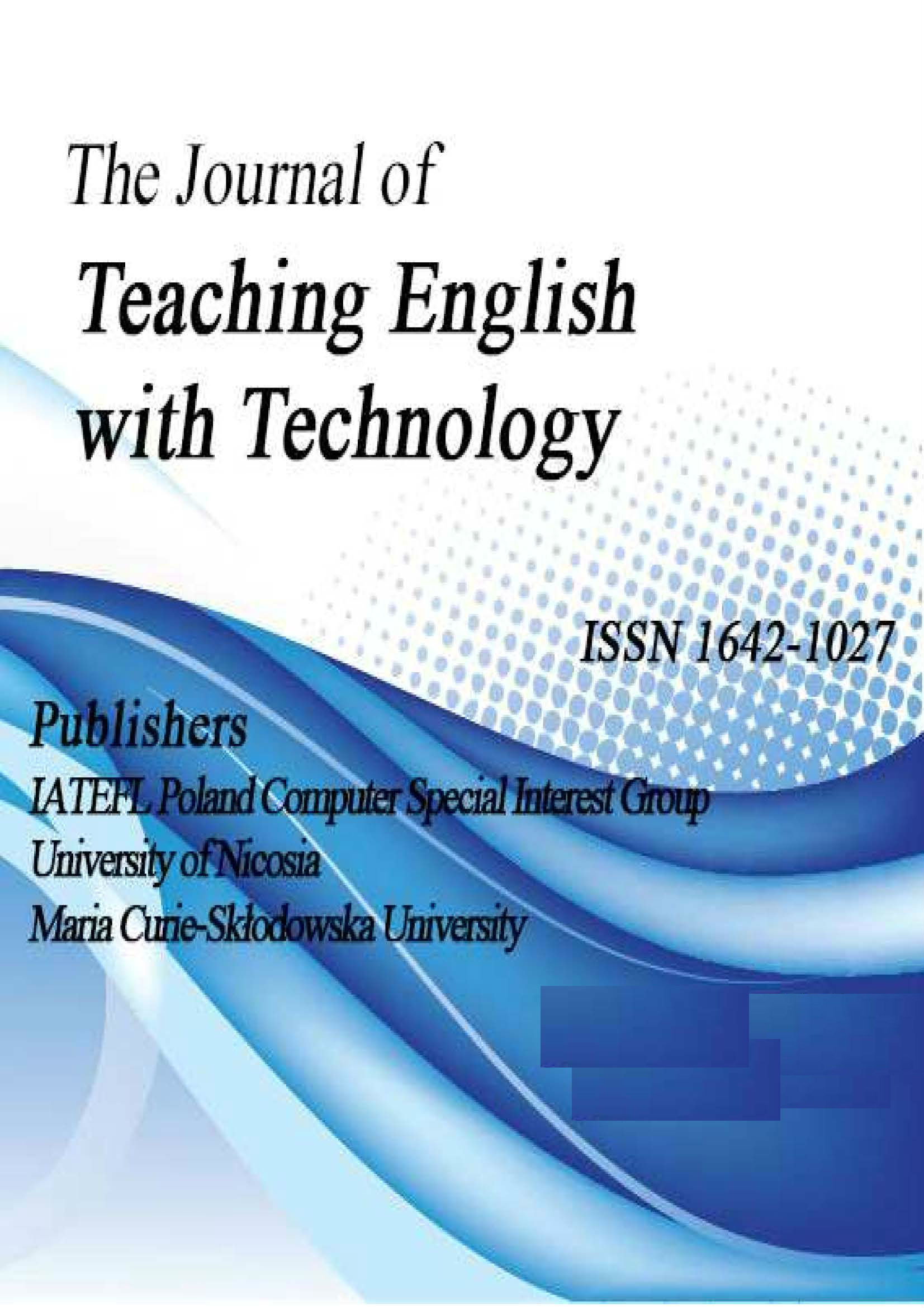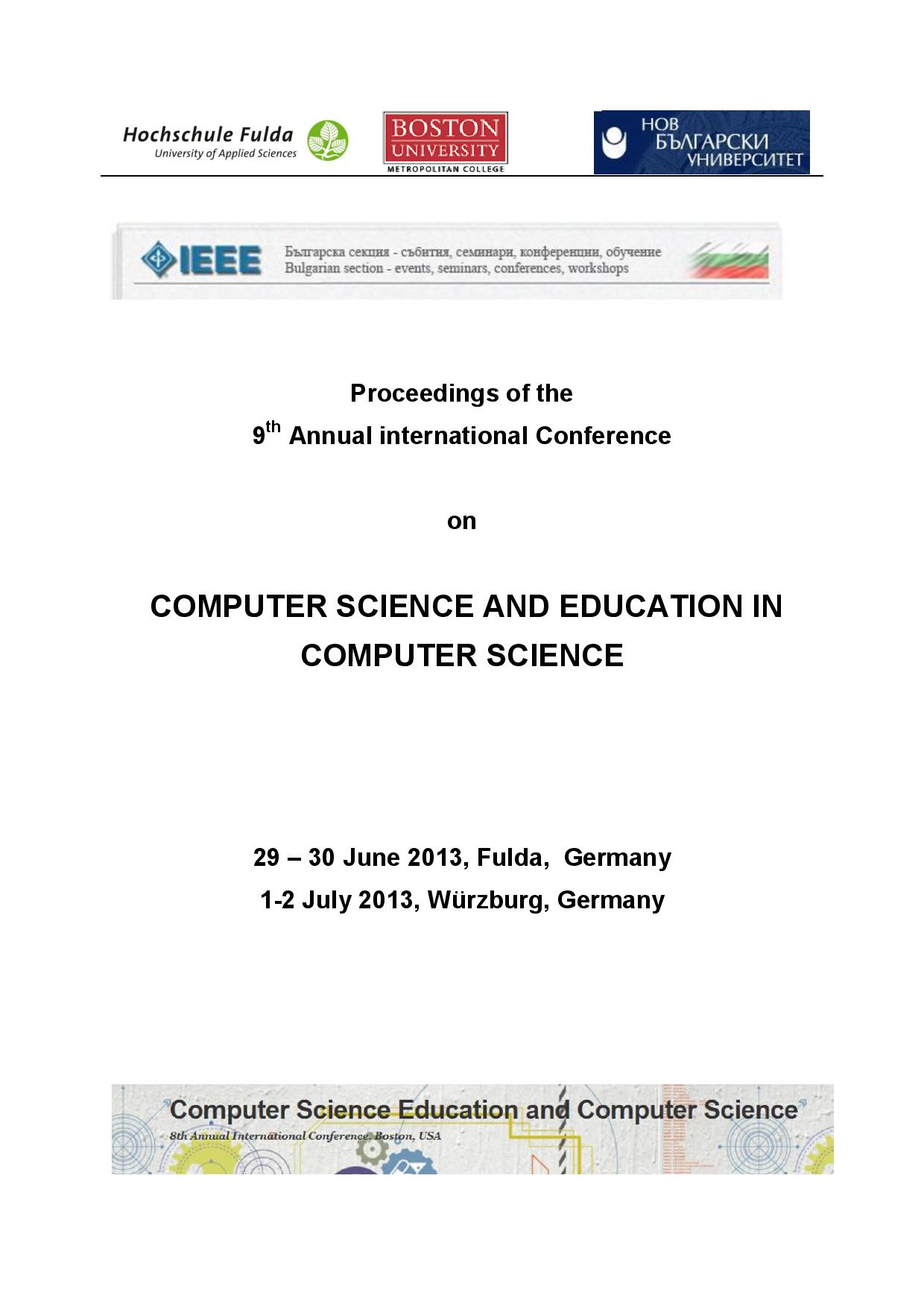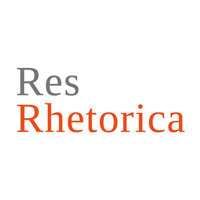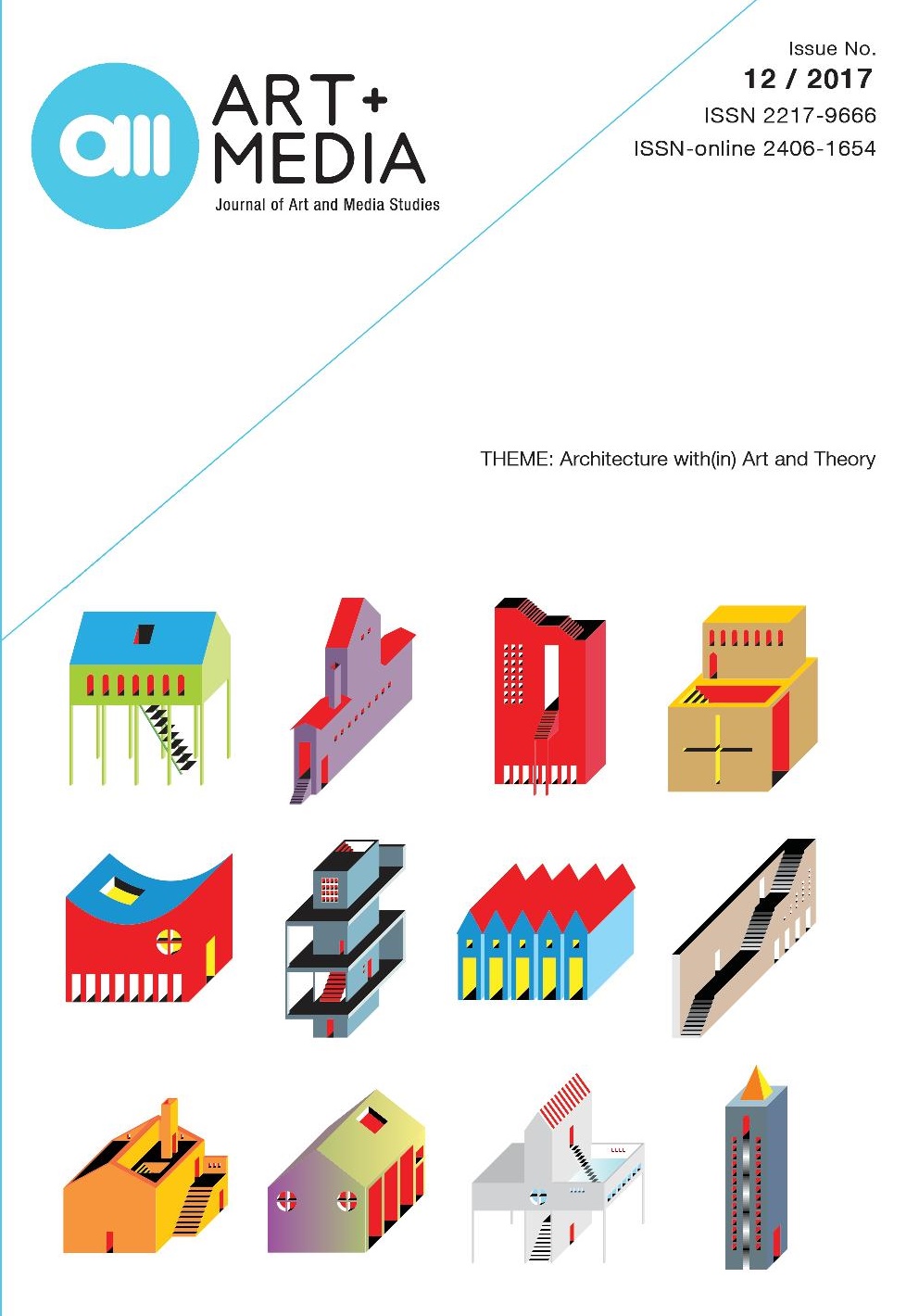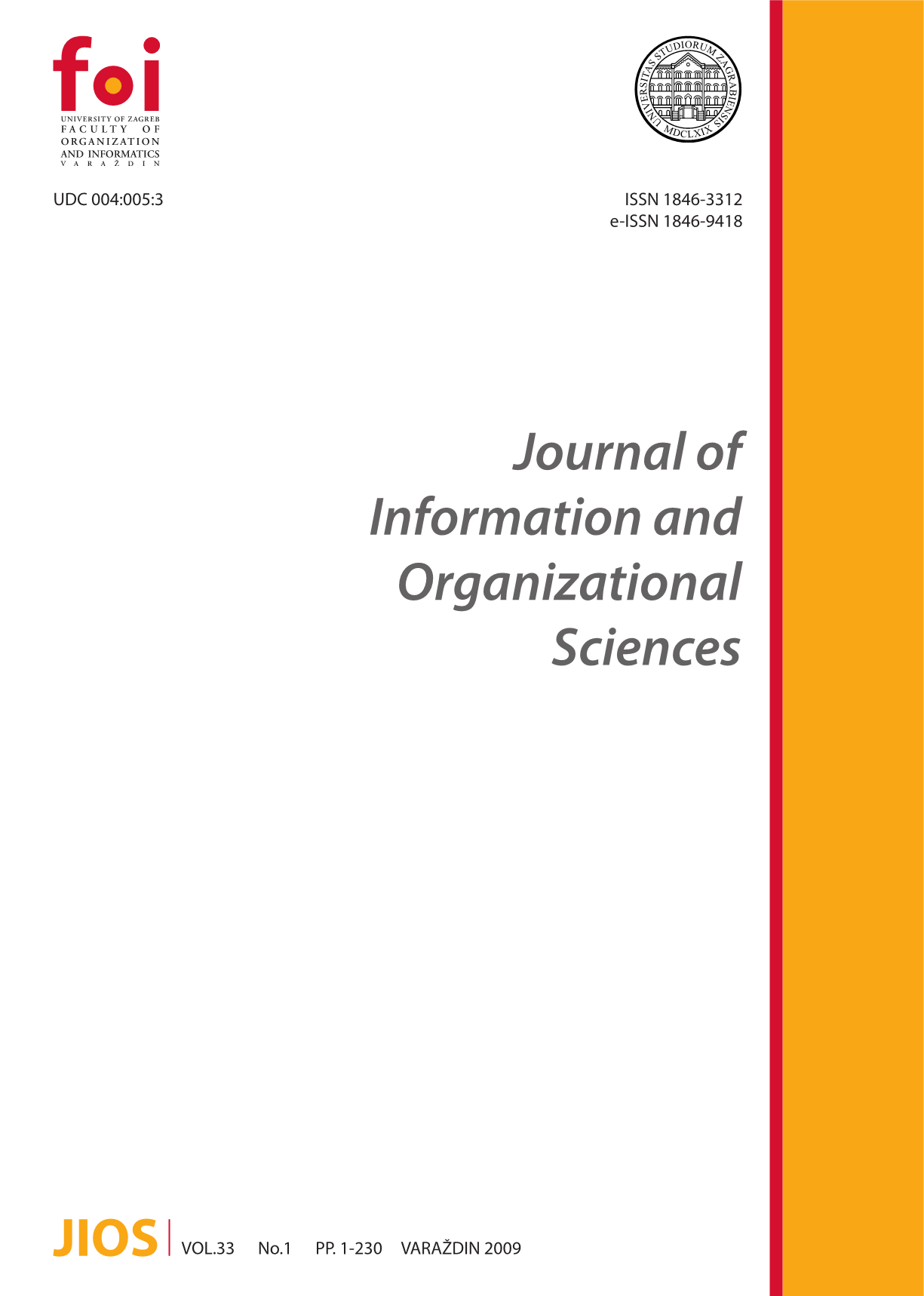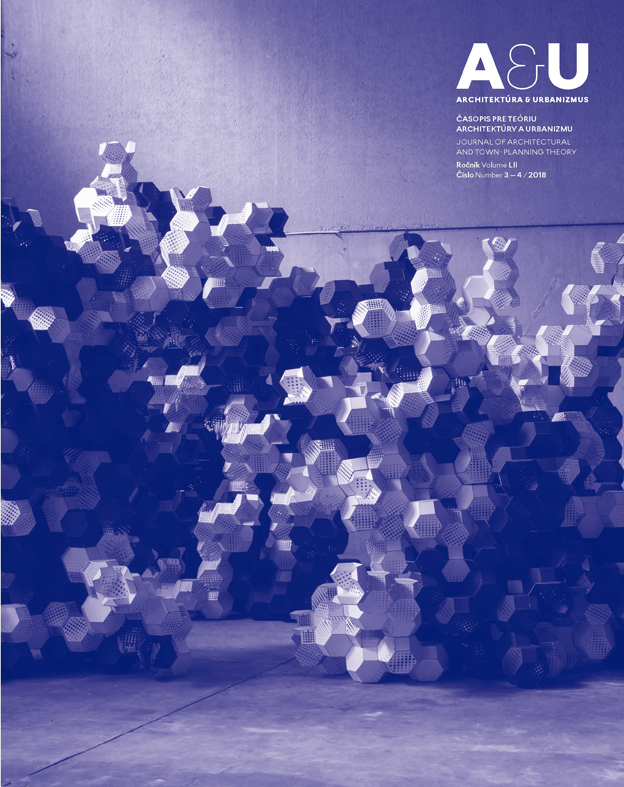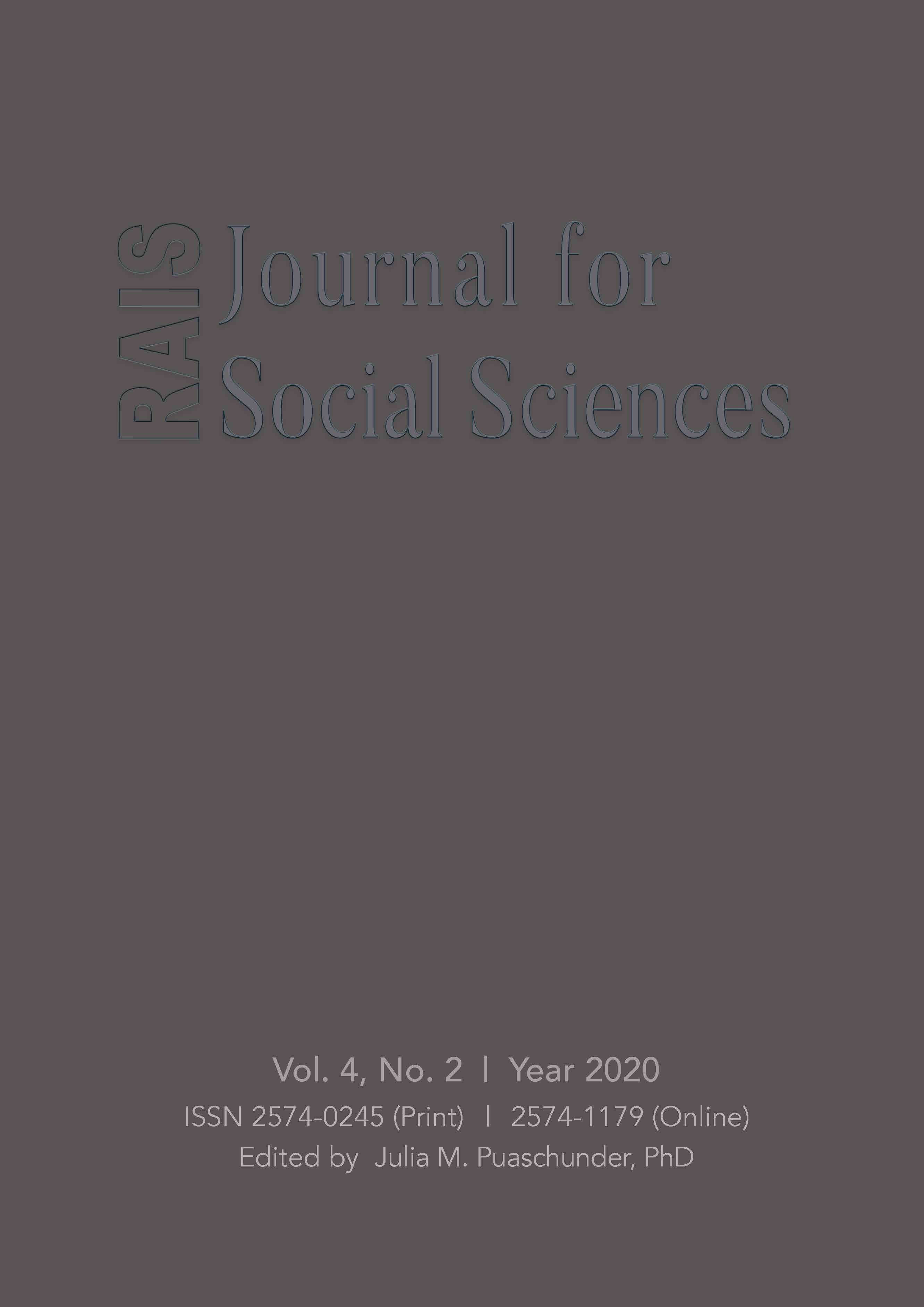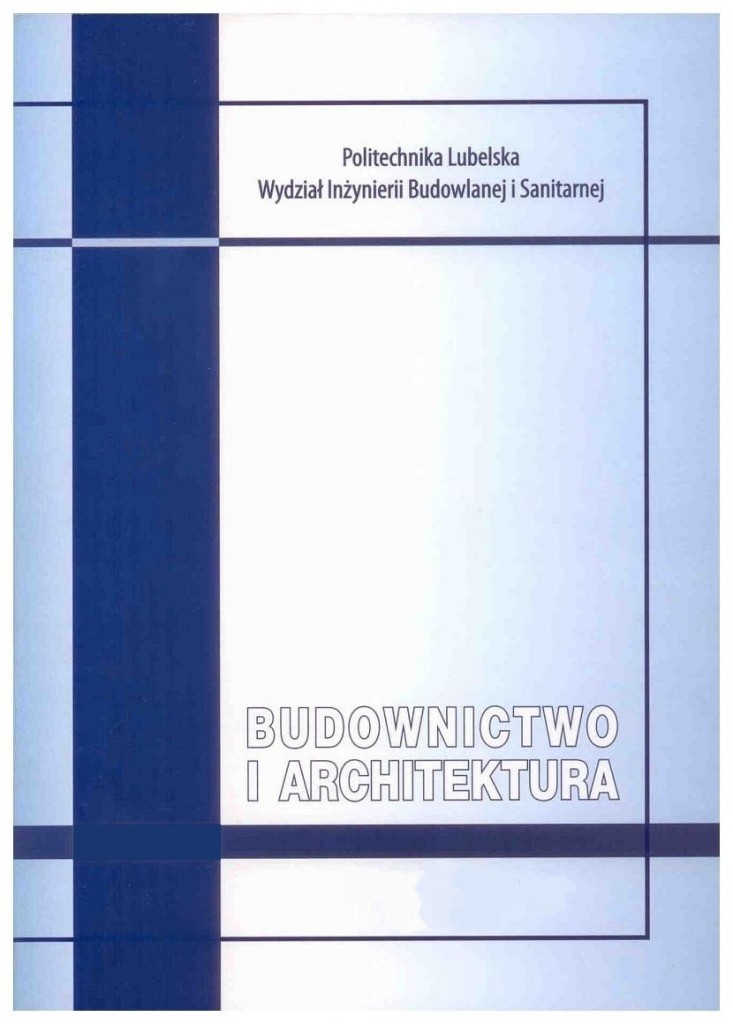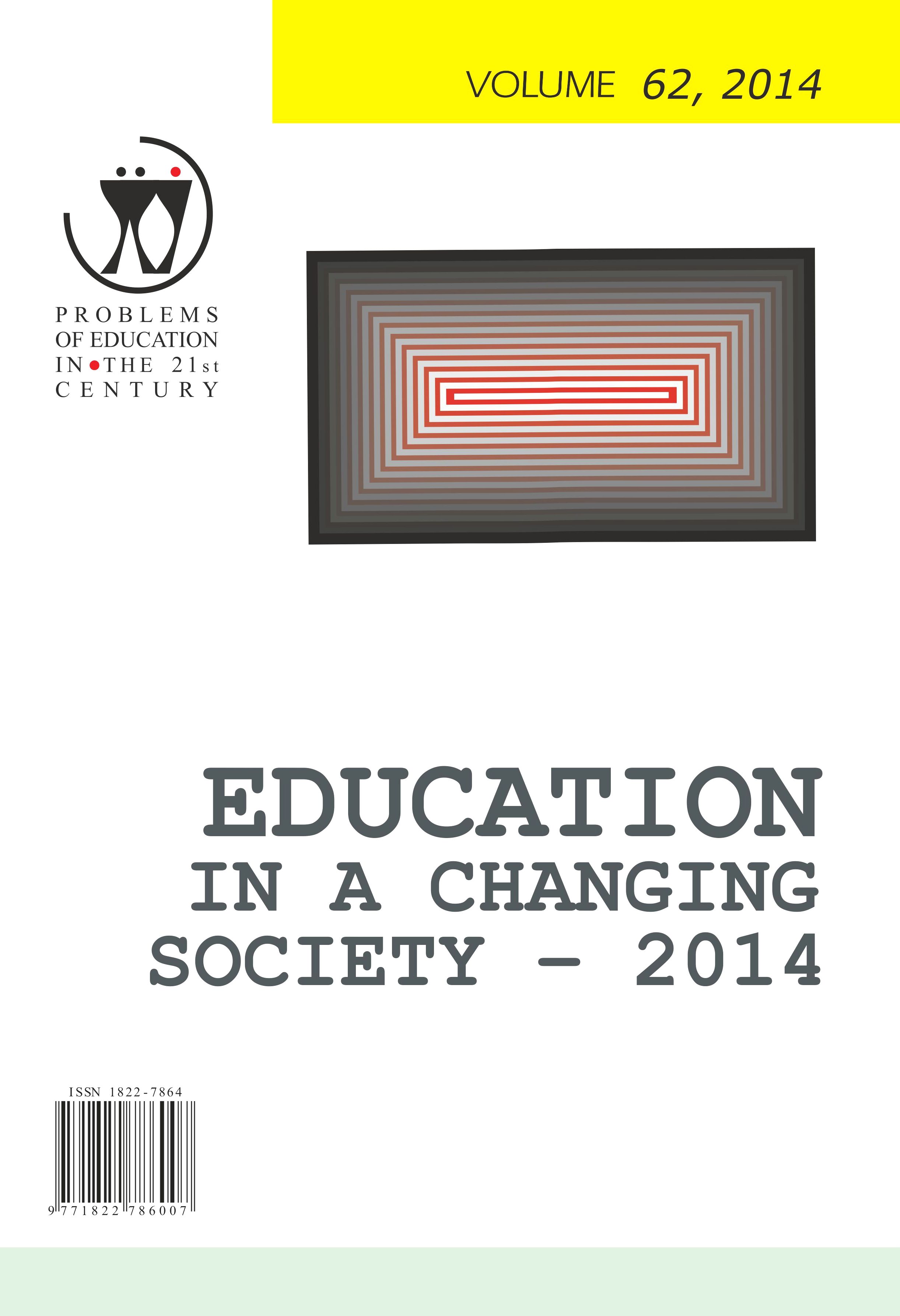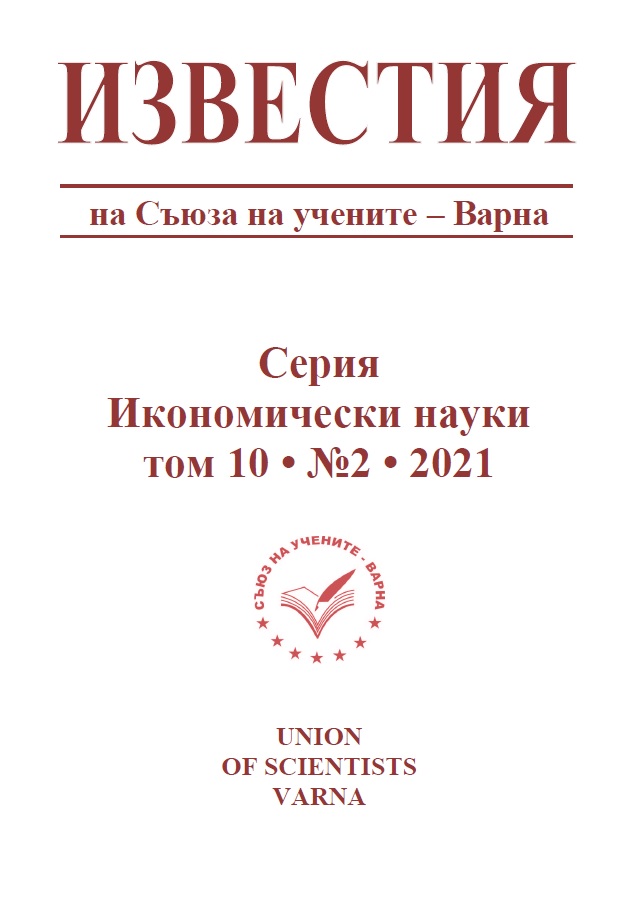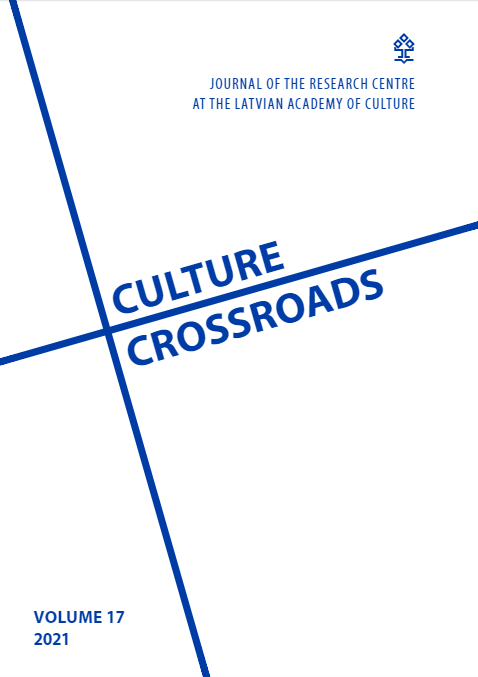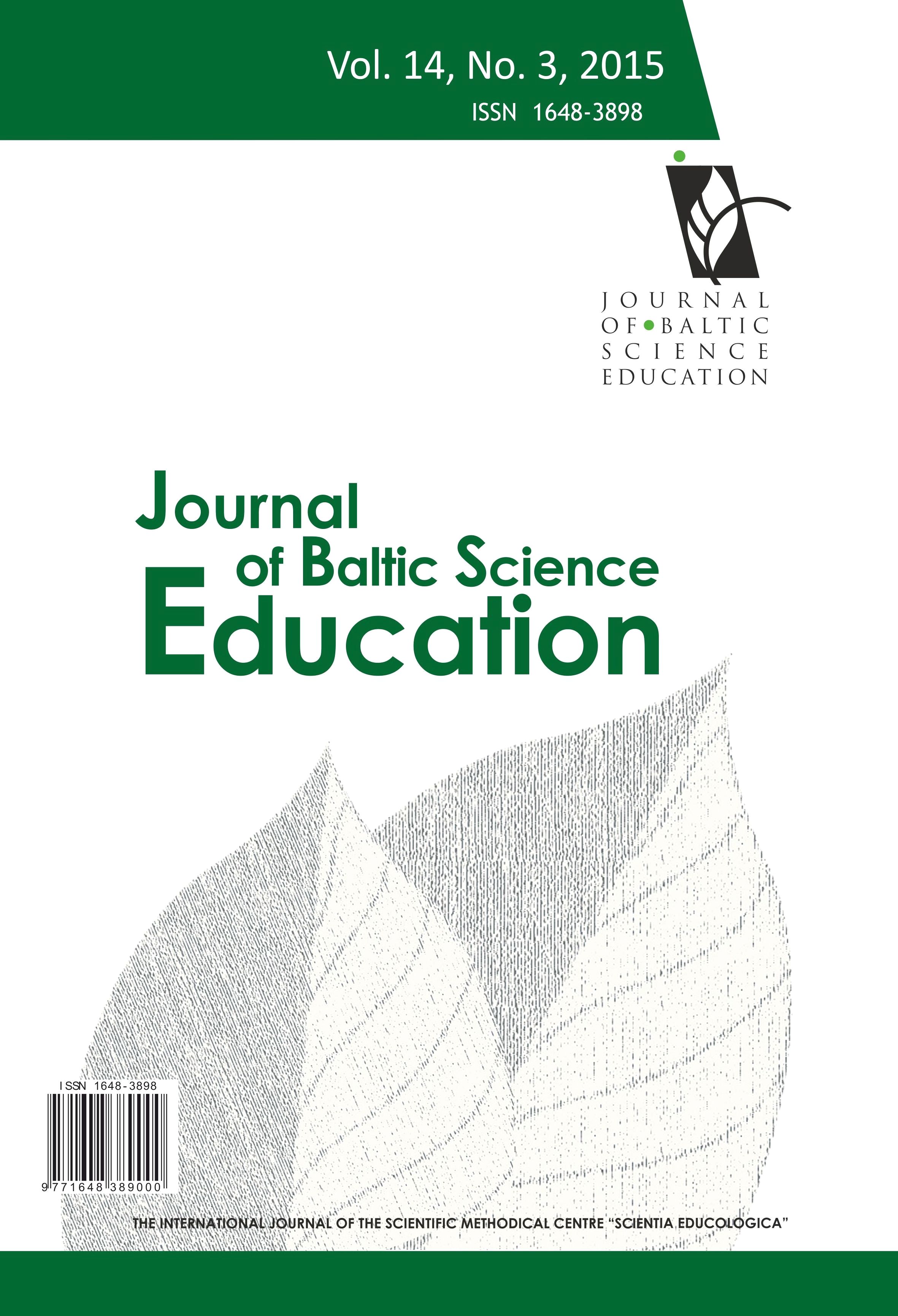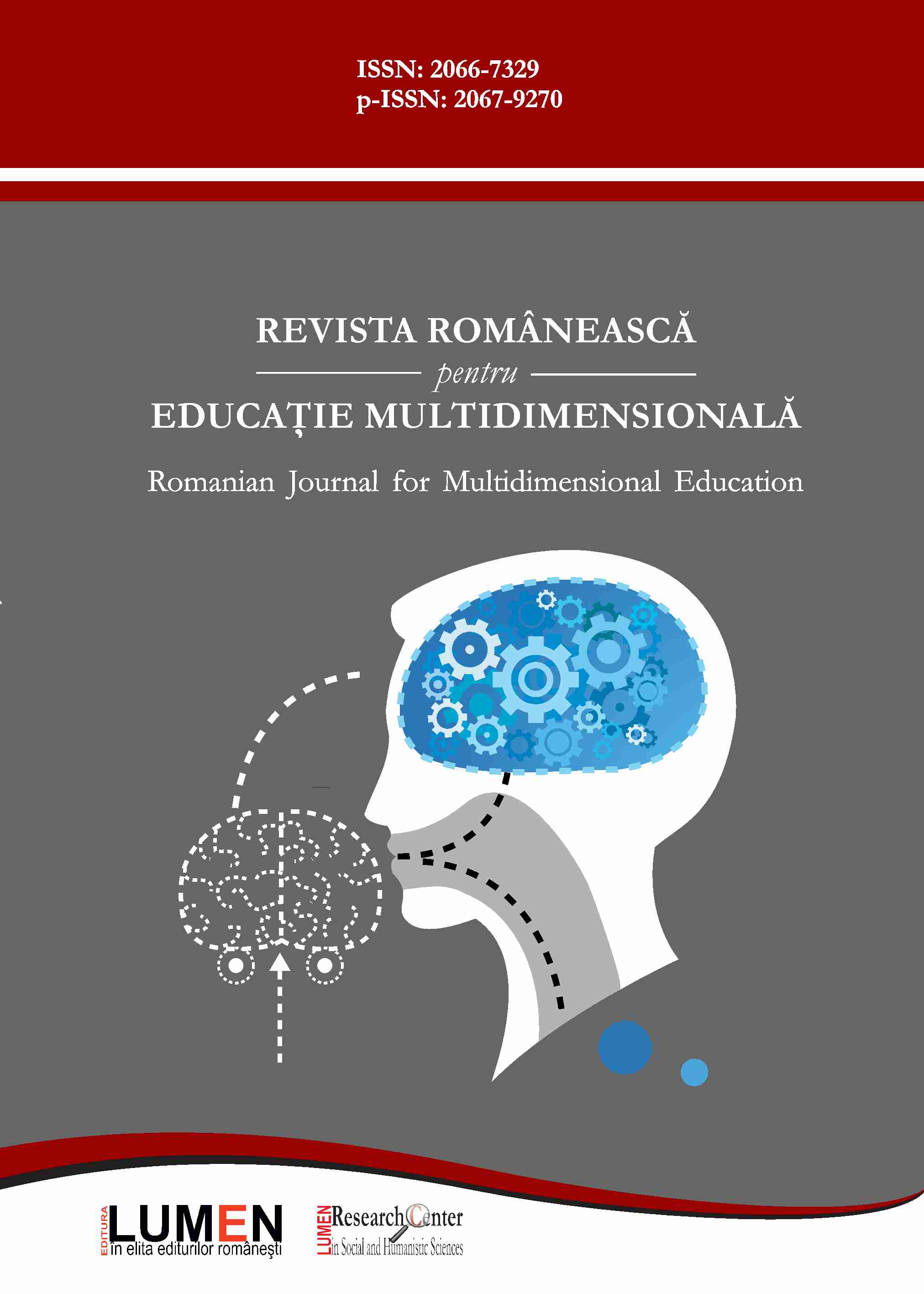Environmental Sustainability Through Textile and Apparel Upcycling
Author(s): Beatrice Mantyi-Ncube,Simanga Juba / Language(s): English
/ Issue: 2/2020
Keywords: textile industry; textile waste; redesign; recycling; upcycling; sustainability;
The textile industry is among the most essential consumer goods industry; however, it is accused of being one of the most polluting industries due to production and consumption of textiles. The affluent segment of society through its “make-use-and-throw” approach gives rise to large scale manufacturing and pressure of disposing of used clothing. The textile industry, therefore, has made attempts to counter this problem through recycling. Yet another method, textile upcycling, is taking ground as a sustainability measure; an important technique that enables prolonging of textiles lifecycles and slowing down unnecessary textile production. Up-cycling is not a new concept, it originated from the 1930-40s, during the World Wars, times of little economic ability and material resources. In developing countries, up-cycling is a way of life especially, in rural areas due to expensive raw materials; hence, they use what is available to create handicrafts, clothing, etc. Given that up-cycling makes use of already existing pieces, it is a way of keeping ‘unwanted’ items out of the waste stream by creatively/innovatively reusing materials that may otherwise end up in landfills, a step towards achieving zero waste. Recycling requires energy and resources to gather, sort and process the waste while benefits of up-cycling include resource conservation and less carbon footprints. The study performed an evaluation of textile waste generated by fashion designers, suggesting ways in transforming both consumer waste and post-consumer waste into fashionable apparel. Five apparel up-cycling solutions were explored through redesigning and reconstructing of textile waste converting them into fashionable products.
More...
